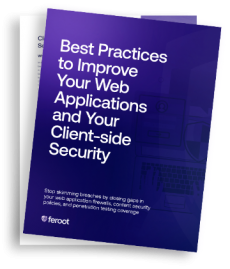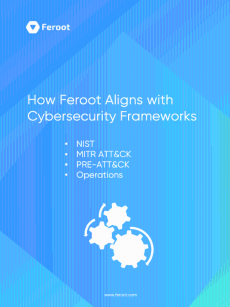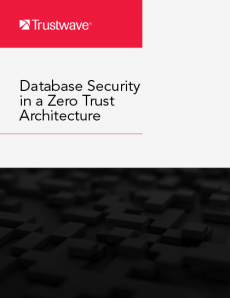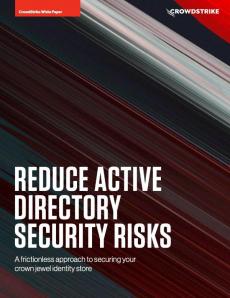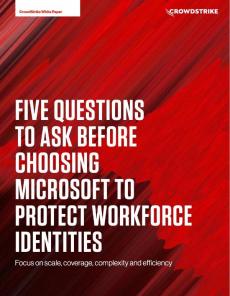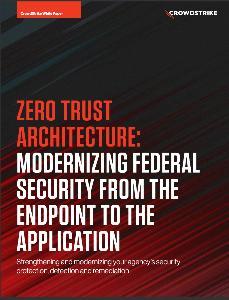Improve Your Web Applications and Your Client-side Security
Learn how to protect your client-side web applications and the customer data you collect via your websites. Gain a deep understanding of how to stop skimming breaches by closing gaps in your web application firewalls, content security policies, penetration testing, security testing, and vulnerability scanning coverage. Explore the basics of client-side security and learn how businesses can protect themselves and their customers with automated tools, monitoring, and controls to stop threats, all while safeguarding customer data.


